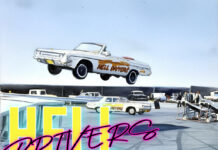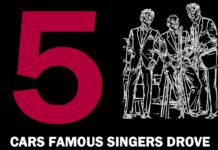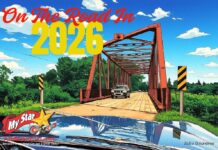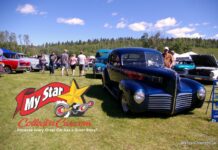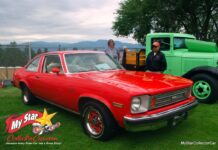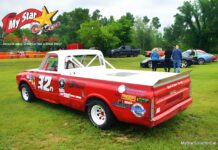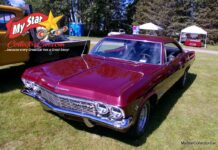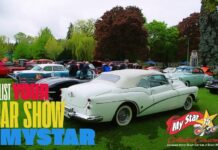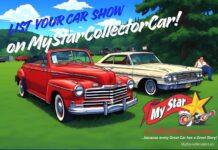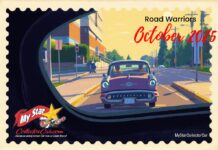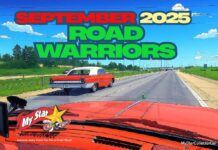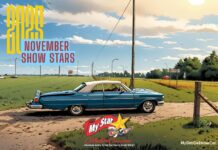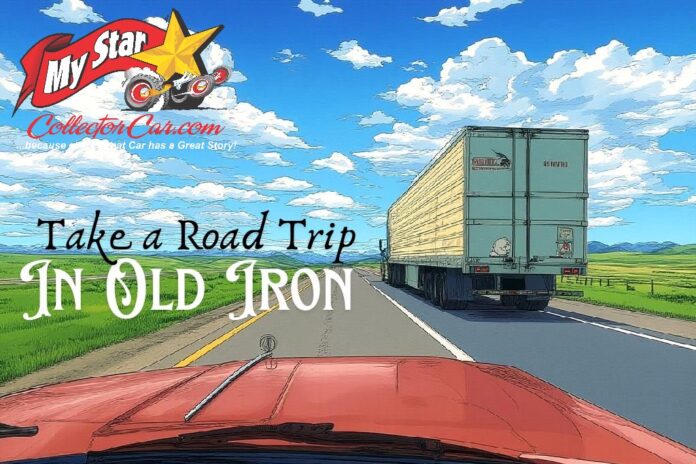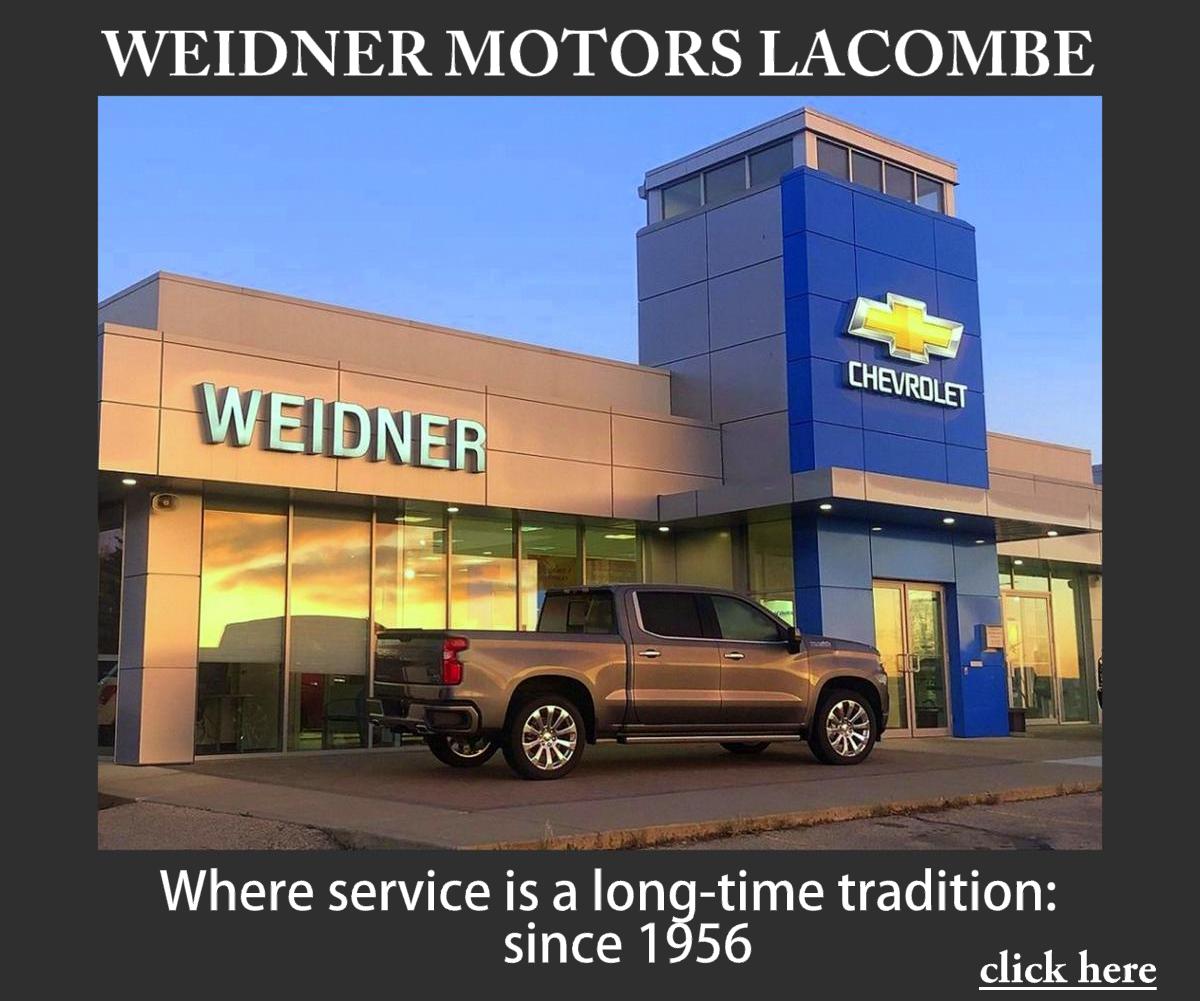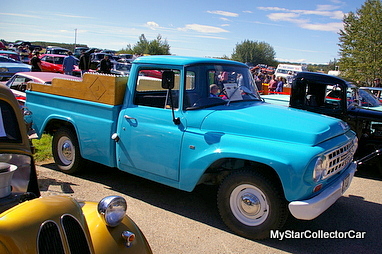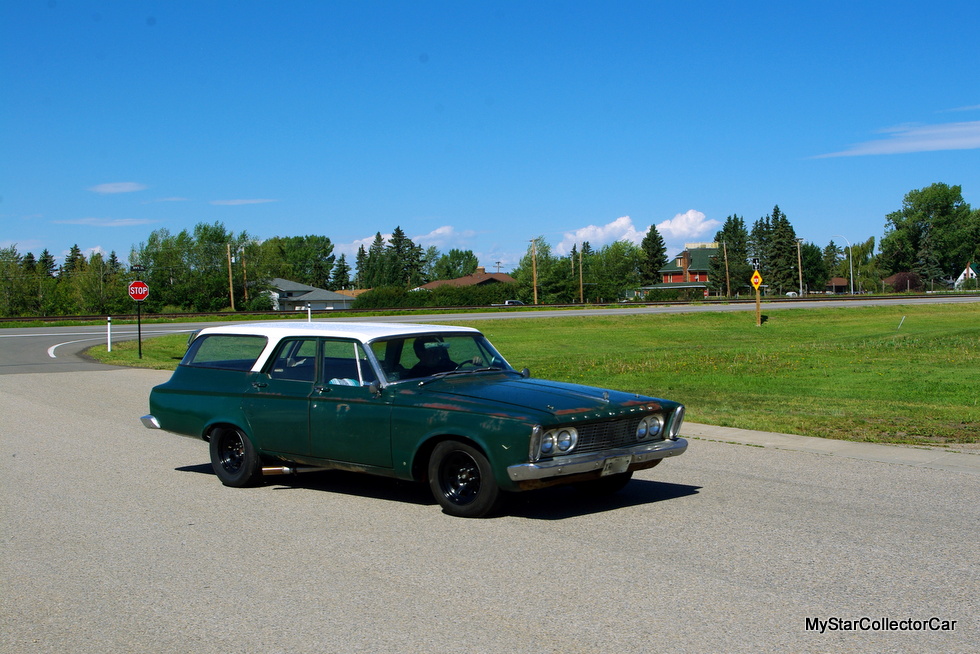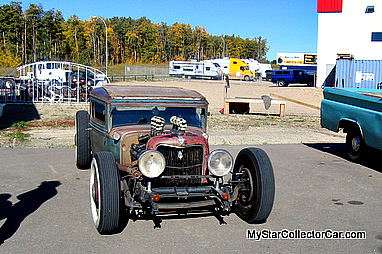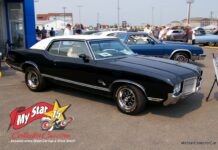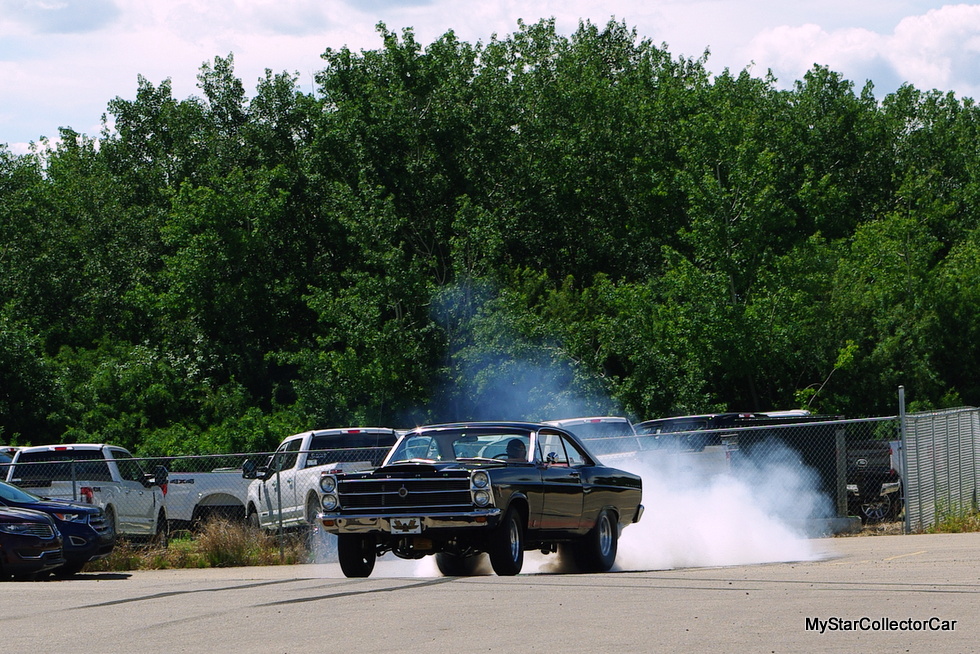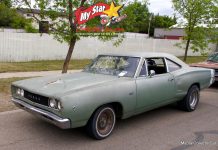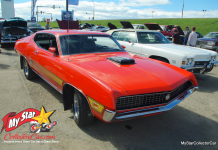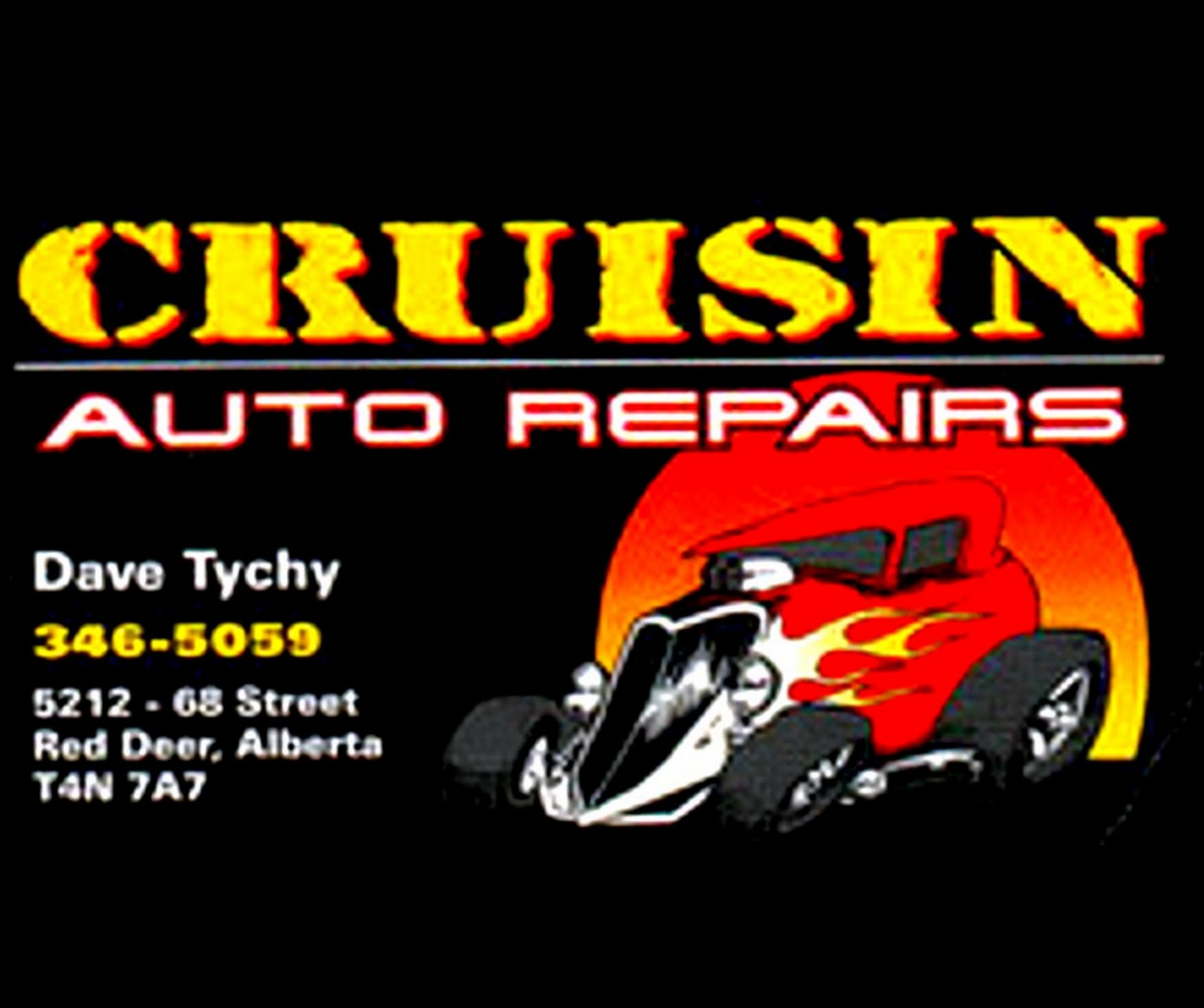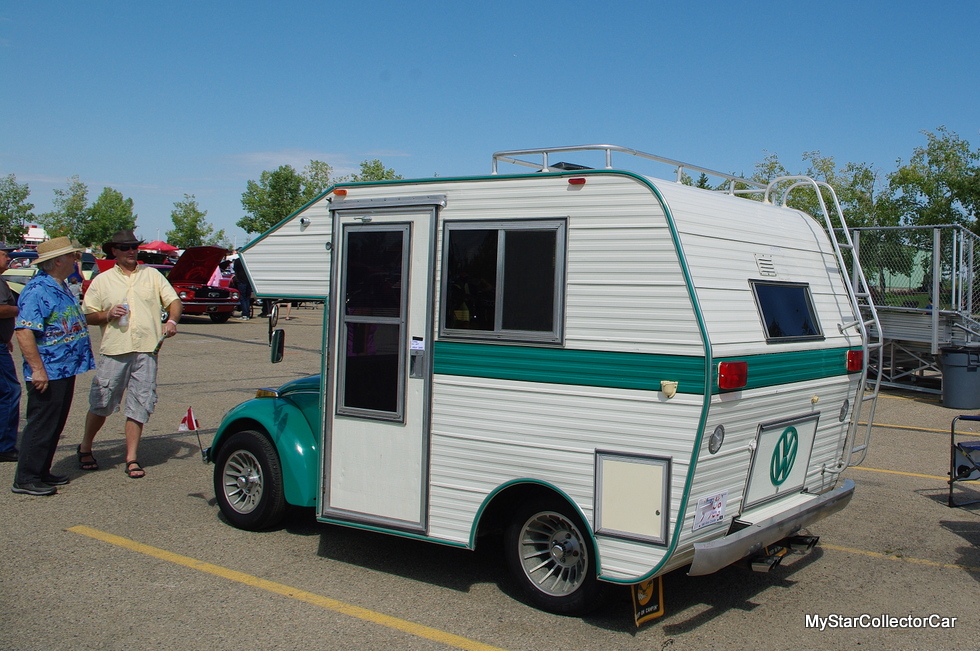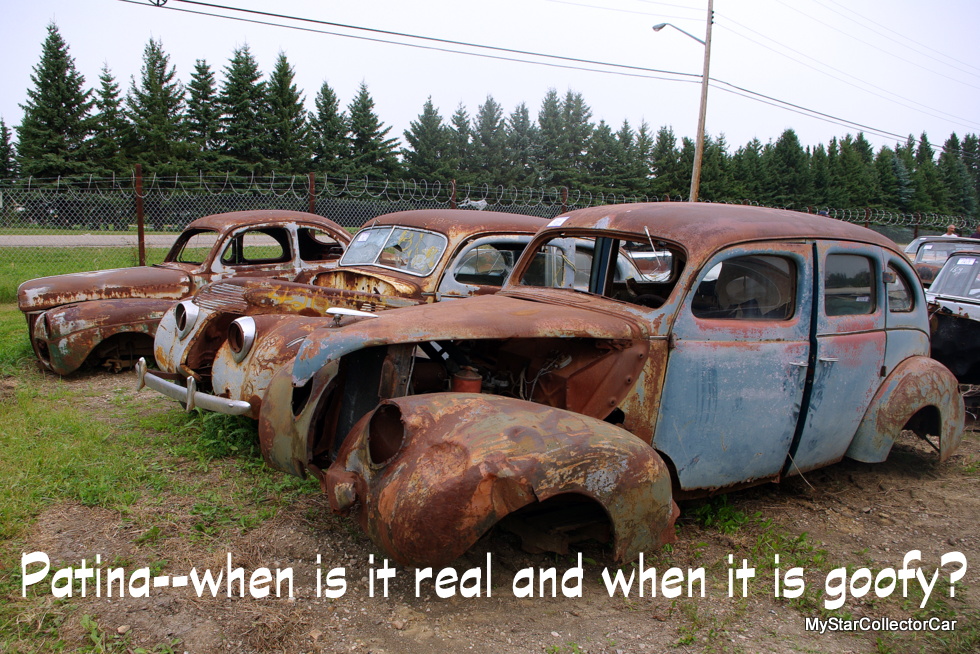Old cars and trucks are full of lessons.
That’s why those of you who are outside the hobby could learn more from 500 miles in a 60-year-old car than any YouTube video could ever teach you.
If your primary car is a new Hyundai SUV, you need a road adventure in old iron more than you realize because your life is too predictable.
Jerry Sutherland
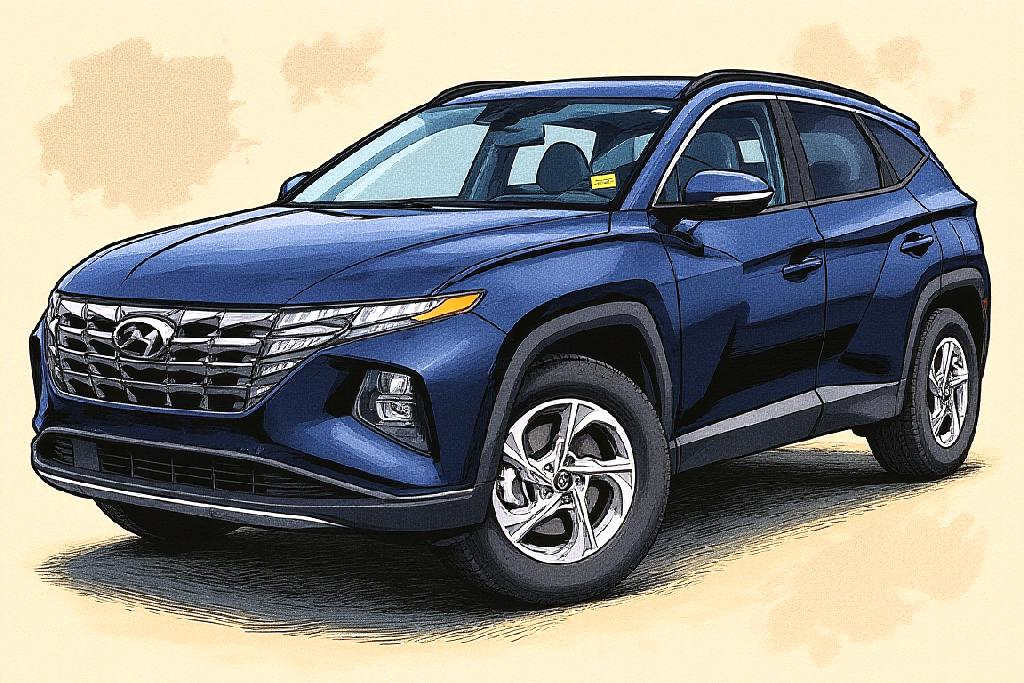
The first thing you’ll notice is the carbon smell. Old cars have carburetors that like to run rich until the choke opens up–and even then you’ll always have the faint aroma of unburnt carbon on your clothes.
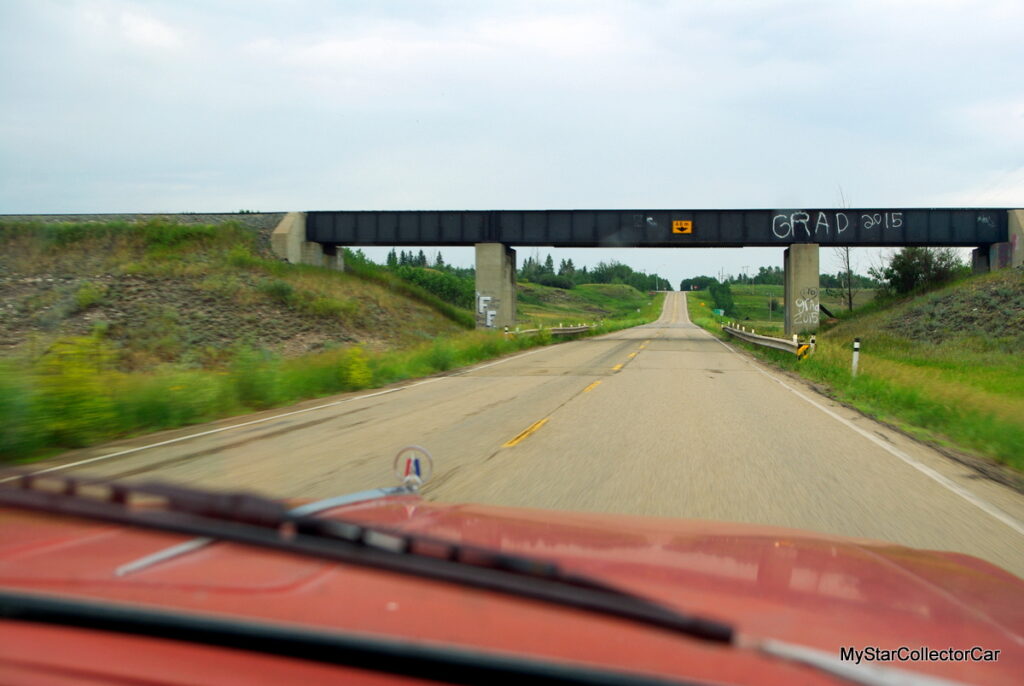
I can always tell when I’ve been in the old ’63 Plymouth or ’60 Dodge because my shirt always smells like exhaust. Your Hyundai SUV runs a lot cleaner.
You’ll also notice the wind noise—especially in a hardtop. Old cars were leaky even when they were new, so a 65-year-old car with 65-year-old window rubber is like sitting in a wind tunnel—especially when you’re bucking a 40-50 mile an hour wind.

There are some great aftermarket weatherstripping products for old cars—they use new tech with softer rubber so an old car will be sealed better then it was when it came off the assembly line. But it will never be as quiet as your Hyundai SUV.
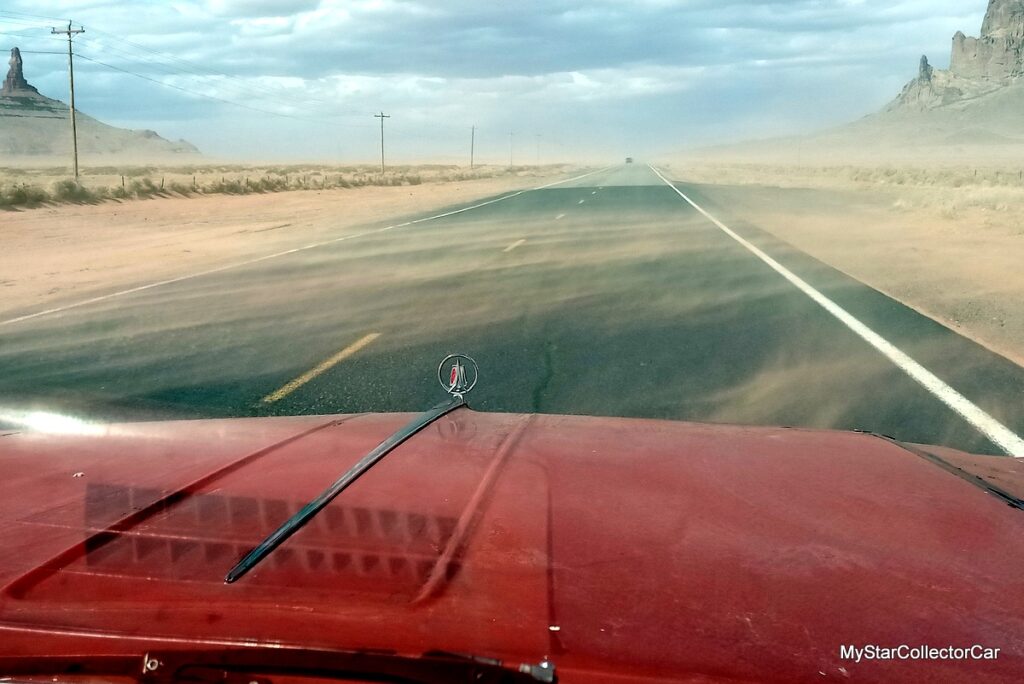
The wind itself is another thing you’ll notice when you meet a truck on a two-lane highway.
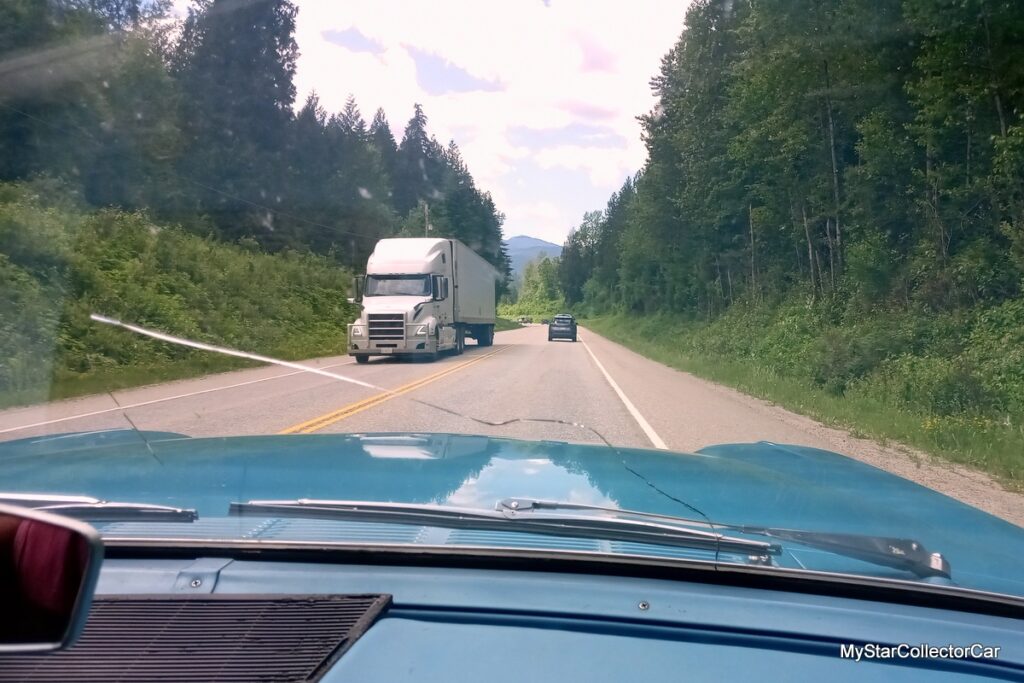
The semis with the aerodynamic cabs that extend up to the trailers are no problem, but meeting a non-aerodynamic semi with a high load is like a punch in the face from Mike Tyson in his prime. It’s comparable to stepping behind an F-35 jet on takeoff mode—you never get used to it.
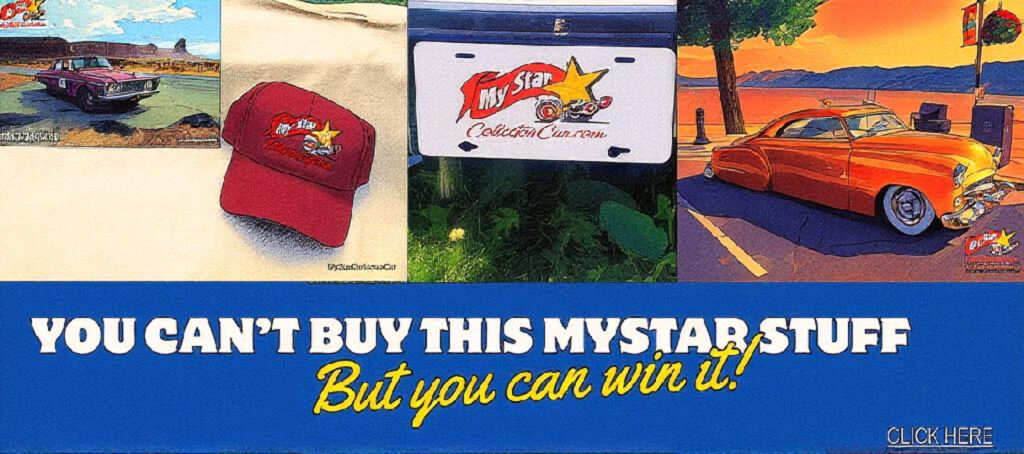
Old cars don’t handle like your Hyundai SUV. The steering is far less precise; old cars handle corners like they’re drunk–plus brakes take a lot more time and pedal pressure to stop the car.
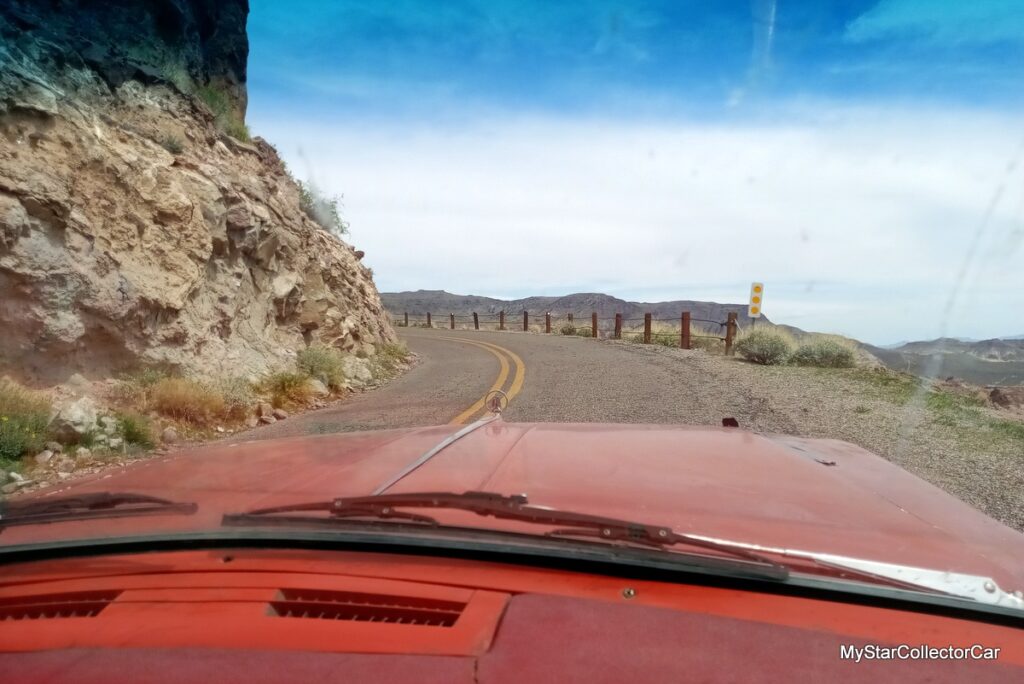
That’s the downside—the upside is old cars built for freeways ride better than most new cars. They’re softer sprung and they have long wheelbases–so even the mid-range cars from the past handle railway crossings and crappy roads better than your Hyundai SUV.

The seats in an old car don’t have multi-position dials with heat and cooling options, but they’re better then you think.

The higher backs and well-placed seat springs were designed for long road trips on freeways, so you’d be surprised at how comfortable they are over a 500-mile run.
Power ranges from adequate to really good in an old car with a V-8. You’ll definitely have enough jam to pull off a pass on a two-lane road, but many old cars will flatten out long before your Hyundai SUV stops pulling.
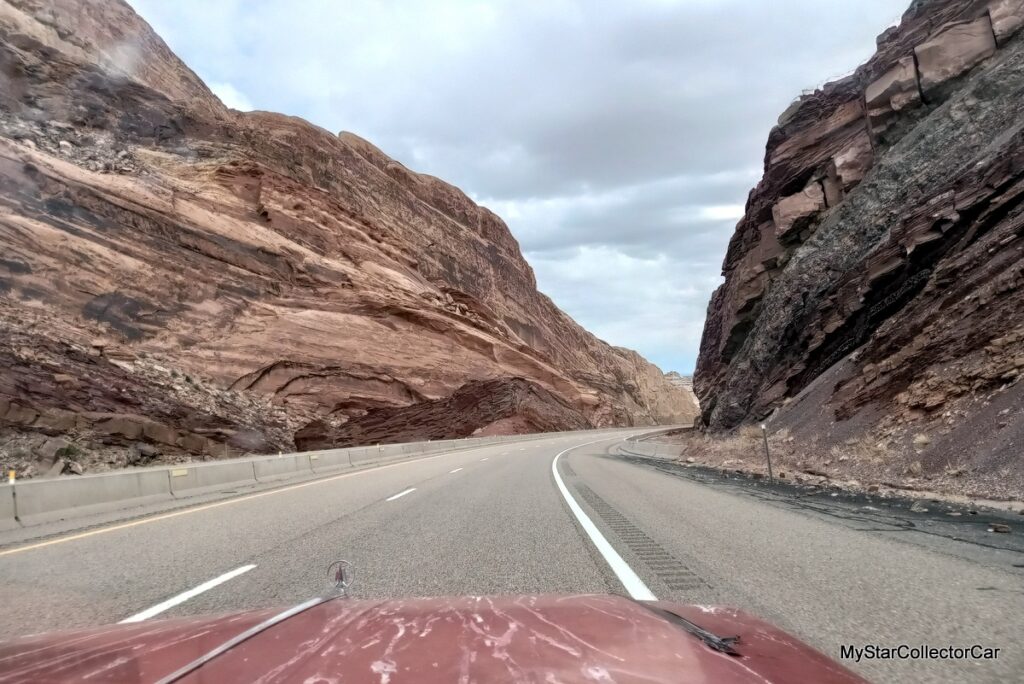
That’s a sobering (and occasionally life-affirming) experience when you push the limit—but running at 70-75 is effortless for most old V-8 passenger cars from the 50s and 60s.

Did this make you want to trade in your Hyundai SUV for a classic sedan?
I doubt it, but if you have an ounce of adventure left in your soul, think about renting a classic as your next vacation car.
Jerry Sutherland
By: Jerry Sutherland
Jerry Sutherland is a veteran automotive writer with a primary focus on the collector car hobby. His work has been published in many outlets and publications, including the National Post, Calgary Herald, Edmonton Journal, Ottawa Citizen, Montreal Gazette, Saskatoon StarPhoenix, Regina Leader-Post, Vancouver Sun and The Truth About Cars. He is also a regular contributor to Auto Roundup Publications.
- CLICK HERE TO SIGN UP FOR THE NEWSLETTER
- CLICK HERE to Like us on Facebook
- CLICK HERE to Follow us on Twitter
- CLICK HERE to Follow us on Pinterest



